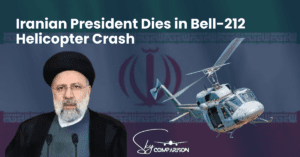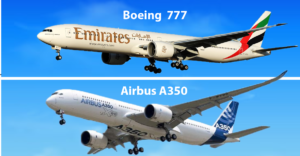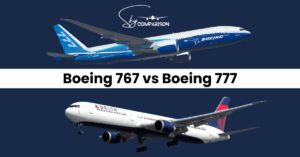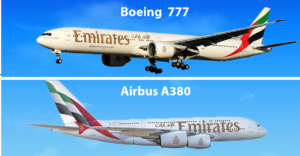Boeing 707 First Successful Commercial Passenger Jetliner
The Boeing 707, the very first successful passenger jetliner. This narrow-bodied plane had four engines and swept-back wings, designed and made by Boeing. It took its first flight on December 20, 1957, and started carrying passengers on October 26, 1958. Production continued until 1991, and 1,010 of these planes were built. The Boeing 707 is famous for bringing in the era of jet travel for everyone.
Boeing 707
Boeing 707 is the first successful jet-powered airplane, called the Heinkel He 178, flew for the first time in 1939. During World War II, both Britain and the United States created fighter jets. In 1952, Boeing started working on a new kind of airplane. It was called the Model 367-80, but people often called it the Dash 80. Boeing designed it to be useful for both refueling military planes while flying and for regular commercial flights.

The Dash 80 had wings that swept back, and it was powered by four powerful engines. It could fly very fast, up to 600 miles per hour! It took its first flight on July 15, 1954. After that, the U.S. Air Force ordered 29 of them for military use. Boeing also kept improving the Dash 80 for regular passengers. In 1955, Pan American World Airways (Pan Am) ordered 20 of these airplanes. At the same time, Pan Am also ordered 25 airplanes from Douglas Aircraft Company, called the DC-8, which was similar to the Dash 80. But the Boeing 707 was faster than the DC-8. Boeing also was ready to make changes to the airplane to make their customers happy. That’s why the 707 went into production before the DC-8.
| Variant | 707-120 | 707-120B | 707-320 | 707-420 | 707-320B |
|---|---|---|---|---|---|
| Cockpit crew | Three | Three | Three | Three | Three |
| Class/cargo | 16–18 | 174 @ 34 in | 189 @ 34 in | 194 @ 32 in | – |
| Class/cargo | 16–18 | 137 (32J @ 38 in + 105Y @ 34 in) | 141 (18J + 123Y) | – | – |
| Exit Limit | 189 | 219 | – | – | – |
| Length | 145 ft 1 in (44.22 m) | 152 ft 11 in (46.61 m) | – | – | – |
| Fuselage width | 12 ft 4 in (3.76 m) | – | – | – | – |
| Wingspan | 130 ft 10 in (39.88 m) | 142 ft 5 in (43.41 m) | 145 ft 9 in (44.42 m) | – | – |
| Wing area | 2,433 sq ft (226.0 m2) | 3,050 sq ft (283 m2) | – | – | – |
| Tail height | 41 ft 8 in (12.70 m) | 42 ft 2 in (12.85 m) | 42 ft 1 in (12.83 m) | 42 ft 0 in (12.80 m) | – |
| MTOW | 247,000 lb (112 t) | 258,000 lb (117 t) | 312,000 lb (142 t) | 333,600 lb (151.3 t) | – |
| OEW | 122,533 lb (55.580 t) | 127,500 lb (57.8 t) | 142,600 lb (64.7 t) | 148,800 lb (67.5 t) | 148,300 lb (67.3 t) |
| Fuel capacity | 17,330 US gal (65,600 L) | 23,820 US gal (90,200 L) | 23,855 US gal (90,300 L) | – | – |
| Engines (x4) | P&W JT3C-6 | P&W JT3D-1 | JT4A-11/12 | Conway-12 | Pratt & Whitney JT3D-3/7 |
| Thrust per engine | 13,500 lbf (60 kN) | 17,000 lbf (76 kN) | 17,500 lbf (78 kN) | 18,000 lbf (80 kN) – 19,000 lbf (85 kN) | – |
| Cruise speed | 484–540 kn (896–1,000 km/h; 557–621 mph) | 478–525 kn (885–972 km/h; 550–604 mph) | – | – | – |
| Service ceiling | 42,000 ft (12,800 m) | – | – | – | – |
| Range | 3,000 nmi (5,600 km; 3,500 mi) | 3,600 nmi (6,700 km; 4,100 mi) | 3,750 nmi (6,940 km; 4,320 mi) | 5,000 nmi (9,300 km; 5,800 mi) | 2,900 nmi (5,400 km; 3,300 mi) |
| Takeoff distance | 7,500 ft (2.3 km) | 10,700 ft (3.25 km) | 10,000 ft (3 km) | – | – |
| Landing | 6,500 ft (2.0 km) | 7,200 ft (2.2 km) | 5,900 ft (1.8 km) | 6,200 ft (1.9 km) | – |
The first Boeing 707 given to Pan Am was 145 feet 1 inch long, with wings that stretched 130 feet 10 inches wide, and a body that was 12 feet 4 inches wide. It started flying passengers commercially in 1958, traveling from New York City to Paris. This trip took about 8 hours and 41 minutes, including a pit stop to refuel in Gander, Newfoundland, Canada. The Boeing 707 was much better than earlier planes because it could carry more passengers, fly farther, and go faster. This made a big change in how people traveled by air. In the 1960s, American airlines used the Boeing 707 a lot for flights within the U.S. and over the Atlantic Ocean. The last planned flight of a Boeing 707 in the United States was a Trans World Airlines (TWA) flight from Miami to New York City in 1983. But in other parts of the world, smaller airlines kept using the Boeing 707. In Iran, Saha Airlines used them for passengers until 2013, when they stopped using them for commercial flights altogether.
Boeing 707 Series
Medium to long range airliner/freighter. Boeing 707 family includes the following modifications:
Aircraft Family Members
| ICAO Type Designator | Name | Length (m) |
|---|---|---|
| BOEING 707-100 | BOEING 707-100 | 44.07 m |
| BOEING 707-300 | BOEING 707-300 | 46.61 m |
| Aircraft | Length | Wing span | Engines | Range | MTOW |
|---|---|---|---|---|---|
| Boeing 707-100 | 44.07 m | 39.90 m | 4 x P&W JT3D-1 (76.2 kN) turbofans. | 3530 NM | 86184 kg |
| Boeing 707-300 | 46.61 m | 44.40 m | 4 x P&W JT3D-3 (80.1 kN) or 4 x P&W JT3D-7 (84.4 kN) turbofans. | 5000 NM | 150800 kg |
BOEING 707-100
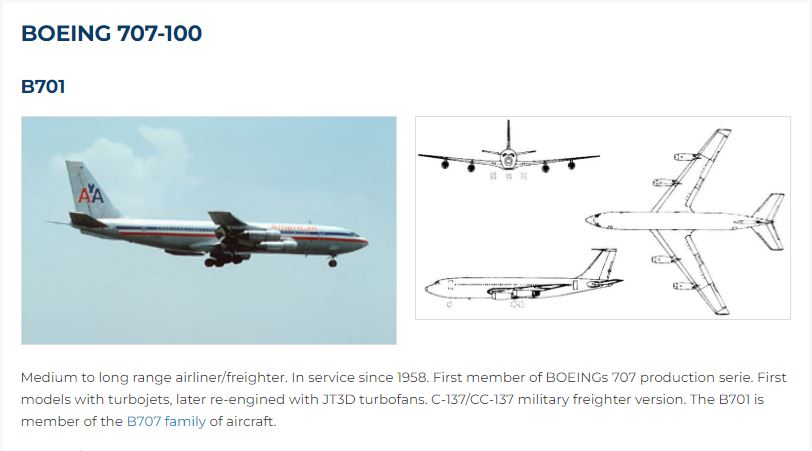
The Boeing 707 is a type of airplane that’s been flying since 1958. It’s a medium to long-range aircraft used for both carrying passengers and freight. It was the first model in Boeing’s 707 production line. The earliest versions had turbojet engines, but later they were upgraded with more efficient JT3D turbofan engines. In addition to civilian use, there’s also a military version called the C-137/CC-137, which is used for transporting cargo. The Boeing 707 is part of the larger Boeing 707 family of airplanes.
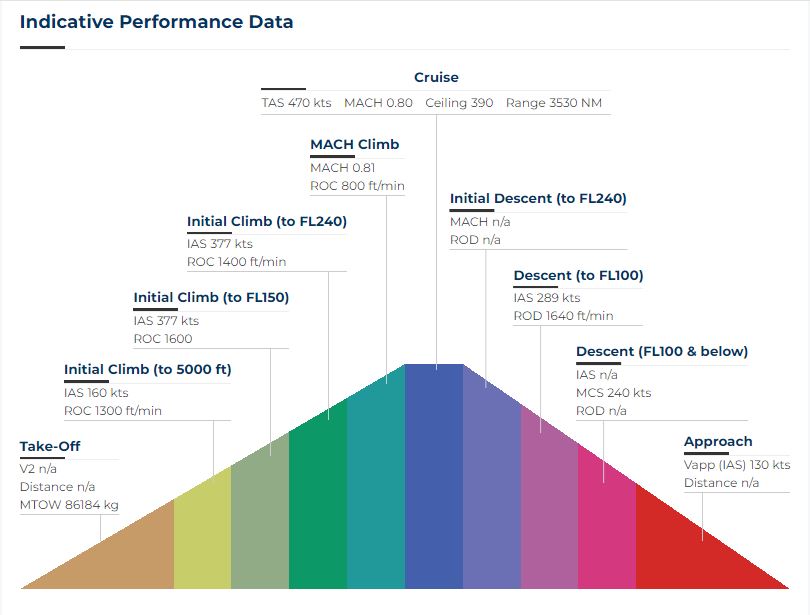
The BOEING 707-100 is a narrow-bodied aircraft manufactured by Boeing. It features a fixed wing with a low-wing position and a regular tail set mid-way along the fuselage. Classified as a WTC (Wake Turbulence Category) M aircraft with an APC (Aerodrome Reference Code) of C, it is identified by the Type Code L4J and falls under RFF (Rescue and Fire Fighting) Category 7. Powered by jet engines, specifically multi-engine configuration, it has its engines mounted under the wings. The landing gear is tricycle retractable. This model is manufactured specifically as the BOEING 707-100.
BOEING 707-300
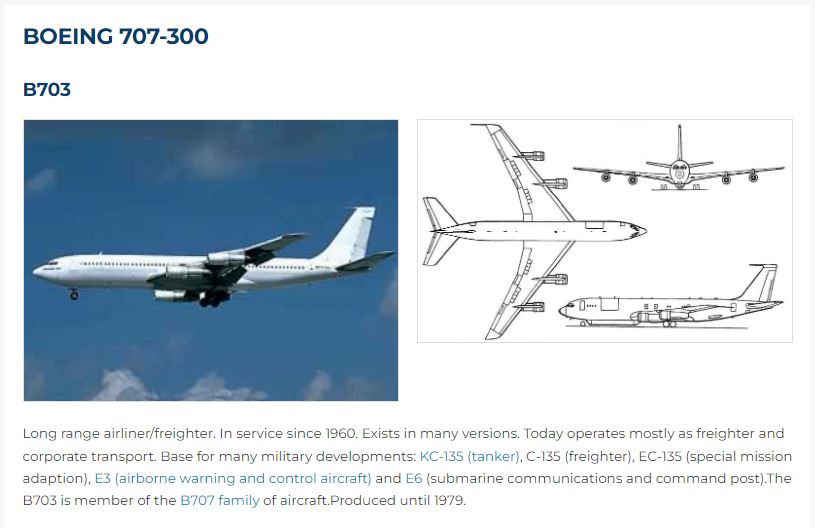
The Boeing 707 is a long-distance airplane that’s been flying since 1960. It comes in various versions and is mostly used today as a freighter or for corporate travel. It has also served as the foundation for many military aircraft, such as the KC-135 tanker, C-135 freighter, EC-135 for special missions, and the E3 for airborne warning and control. Additionally, it was adapted for the E6 submarine communications and command post. The B703 is part of the Boeing 707 family of airplanes. Production continued until 1979.
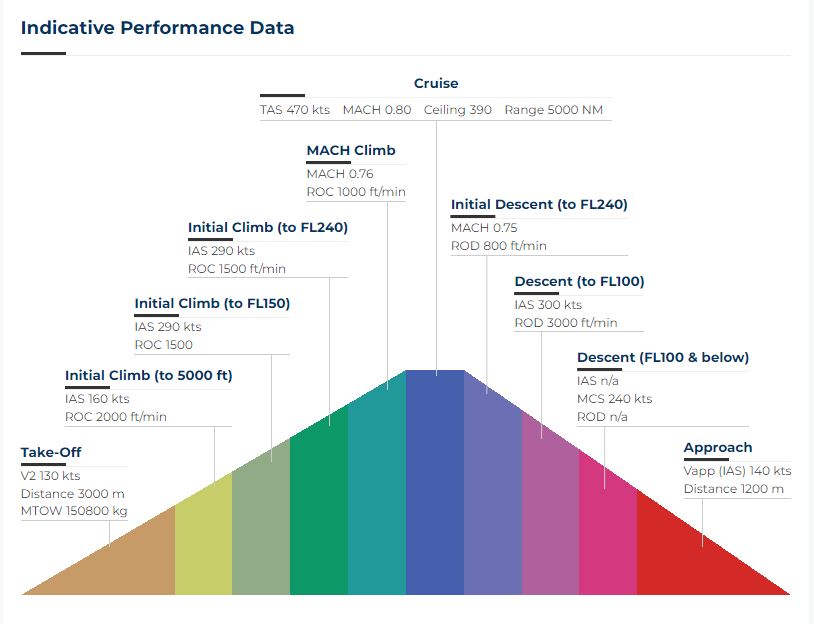
The BOEING 707-300, manufactured by Boeing, is a narrow-bodied aircraft with a fixed wing positioned low. It features a regular tail set mid-way along the fuselage and is categorized as a WTC (Wake Turbulence Category) M aircraft with an APC (Aerodrome Reference Code) of C. Its Type Code is L4J, and it falls under RFF (Rescue and Fire Fighting) Category 7. Powered by jet engines in a multi-engine configuration, its engines are mounted under the wings. The landing gear is tricycle retractable. This model is manufactured under various designations including BOEING KC-137, GRUMMAN E-8 J-Stars, GRUMMAN J-Stars, IAI 707 Phalcon, IAI Phalcon, NORTHROP GRUMMAN E-8 J-Stars, NORTHROP GRUMMAN J-Stars, BOEING C-137, BOEING E-8 J-Stars, BOEING EC-18, BOEING EC-137, BOEING J-Stars, and BOEING C-18.
Boeing 707-368c
The Boeing 707-368C is a type of airplane made by Boeing. It’s a version of the Boeing 707 aircraft. This plane is often used for carrying cargo, which means it transports goods instead of passengers. The “368C” part of its name refers to specific features and modifications made to this particular model. With its ability to carry large amounts of cargo, the Boeing 707-368C plays an important role in the transportation of goods around the world.
Boeing 707-3k1c
The Boeing 707-3K1C is a type of airplane manufactured by Boeing. It’s a specialized version of the Boeing 707 series. This particular model is often used for military purposes, such as aerial refueling or as a command post for communications. The “3K1C” designation specifies the unique configuration and capabilities of this aircraft. With its advanced features and versatility, the Boeing 707-3K1C serves an important role in military operations, providing support and logistics in various missions around the world.
Boeing 707 Barrel Roll
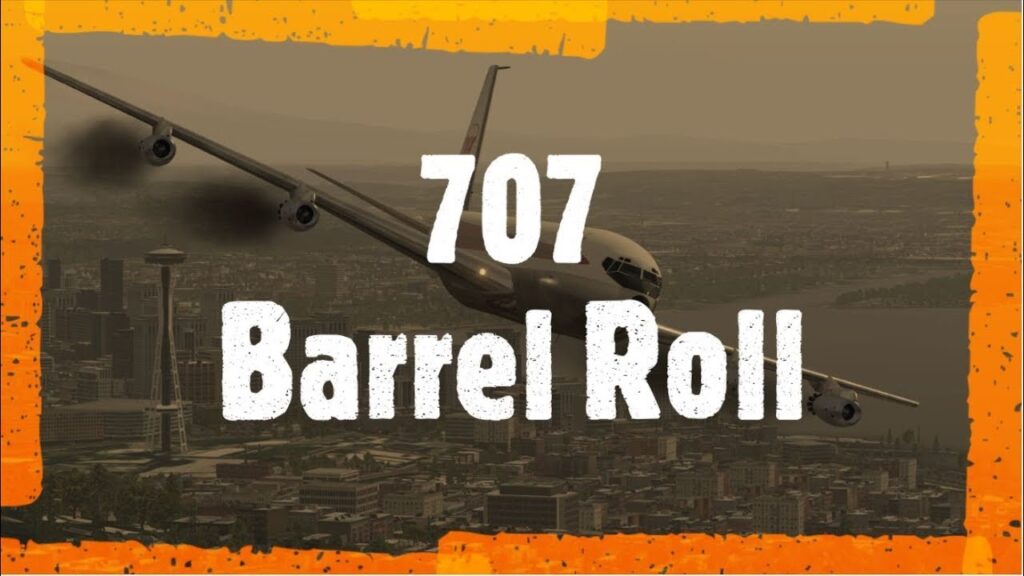
The Boeing 707 Barrel Roll is a remarkable feat performed by test pilot Tex Johnston in 1955. During a demonstration flight at the Seafair Hydroplane races in Seattle, Johnston surprised spectators by executing a daring barrel roll maneuver with the massive Boeing 707 prototype. This impressive stunt showcased the agility and maneuverability of the aircraft, which was primarily designed for commercial airliner operations. Johnston’s skillful execution of the barrel roll captivated audiences and demonstrated the remarkable capabilities of the Boeing 707, leaving a lasting impression on aviation enthusiasts worldwide.
John Travolta Boeing 707
John Travolta’s Boeing 707 is a unique and iconic aircraft owned by the famous actor and aviation enthusiast John Travolta. This Boeing 707, painted in a distinctive retro livery reminiscent of the golden age of aviation, holds a special place in Travolta’s heart. As an avid pilot, Travolta acquired the aircraft in the 1990s and lovingly restored it to its former glory. He often uses the plane to travel the world, attending events and promoting aviation education. Travolta’s Boeing 707 has become a symbol of his passion for flying and his commitment to preserving aviation history, captivating fans and aviation enthusiasts alike with its timeless elegance and charm.
Boeing 707 Engine
The Boeing 707 had different types of engines throughout its service life. In its early days, it used JT3C turbojet engines made by Pratt & Whitney. These engines powered the initial 707-120 model, which was 145 feet long. Later, upgraded versions of the aircraft used JT3D low-bypass turbofan engines. These engines had large gray secondary-air inlet doors in the nose cowl, which opened during takeoff to provide extra air and automatically closed as the plane gained speed.
One notable feature of the Boeing 707 was its clam shell-type thrust reversers, making it the first commercial jet aircraft to have them. These reversers helped slow down the plane after landing by redirecting engine thrust forward.
To maintain cabin pressure during flight, the 707 used engine-driven turbo compressors. These devices supplied compressed air to pressurize the cabin. Depending on the model, different engines were equipped with turbo compressors. Some early models had them on all four engines, while later ones typically had them on engines 2 and 3 only.
In later years, there were efforts to upgrade the engines of the Boeing 707. Pratt & Whitney, along with partners, developed the JT8D-219 low-bypass turbofan engine for this purpose. This engine was quieter and more fuel-efficient than the original JT3D engines. It was chosen for various re-engine projects, including for the US Air Force’s E-8 Joint STARS aircraft and NATO’s E-3 Sentry AWACS aircraft.
Boeing 707 Interior
The interior of the Boeing 707 is designed to provide comfort and convenience for passengers during their flight. Inside the cabin, you’ll find spacious seating arrangements with ample legroom, allowing passengers to relax during their journey. The cabin is equipped with modern amenities to enhance the passenger experience, including overhead storage compartments for carry-on luggage and large windows that provide plenty of natural light. Additionally, the cabin layout is flexible, allowing airlines to customize seating configurations to accommodate different passenger needs, whether it’s for long-haul flights or shorter trips. Overall, the Boeing 707 interior is designed with passenger comfort and convenience in mind, ensuring a pleasant flying experience for all travelers.
How many Boeing 707 Are Still Flying?
Despite its introduction in the late 1950s, a surprising number of Boeing 707 aircraft are still gracing the skies, primarily in military roles rather than commercial aviation. The United States Air Force operates a fleet of 49 aircraft, all of which are military variants including the E-6 Mercury, the Boeing C-137, and the Northrop Grumman E-8 Joint STARS. These aircraft are used for a range of critical missions, from command and control to surveillance and reconnaissance. Similarly, the Royal Saudi Air Force maintains a significant number of E-3 Sentry (AWACS) aircraft, a variant of the 707 designed for airborne warning and control. While the exact number of Boeing 707s flying worldwide might fluctuate due to changes in military and a few remaining civilian operators, these figures highlight the enduring legacy and versatility of the 707 platform in fulfilling various specialized roles well into the 21st century.
Conclusion
The Boeing 707 revolutionized air travel and left an indelible mark on the aviation industry. From its groundbreaking introduction of jet propulsion to its enduring legacy as a symbol of luxury and progress, the Boeing 707 has captured the imagination of people around the world. Whether through its innovative design, iconic performances like the barrel roll, or its continued influence in the hands of enthusiasts like John Travolta, the Boeing 707 continues to inspire and captivate aviation enthusiasts to this day. As we reflect on its storied history and lasting impact, the Boeing 707 remains a timeless icon of the golden age of air travel.
FaQs
What is a Boeing 707?
The Boeing 707 is a commercial jet airliner manufactured by Boeing. It was one of the first successful jetliners and played a significant role in shaping modern air travel.
When was the Boeing 707 first introduced?
The Boeing 707 made its inaugural flight on December 20, 1957, and entered commercial service in 1958.
What are some notable features of the Boeing 707?
The Boeing 707 introduced several innovations to air travel, including jet propulsion, which significantly increased speed and efficiency compared to previous piston-engine aircraft. It also featured a swept-wing design for improved aerodynamics and performance.
Who is John Travolta, and what is his connection to the Boeing 707?
John Travolta is a renowned actor and avid pilot who owns a Boeing 707 aircraft. He acquired the jet in the 1990s and has since restored and customized it, using it for personal travel and charitable endeavors.
What is the significance of the Boeing 707 Barrel Roll?
The Boeing 707 Barrel Roll, performed by test pilot Tex Johnston in 1955, demonstrated the exceptional maneuverability and capabilities of the aircraft. It remains a memorable moment in aviation history.

